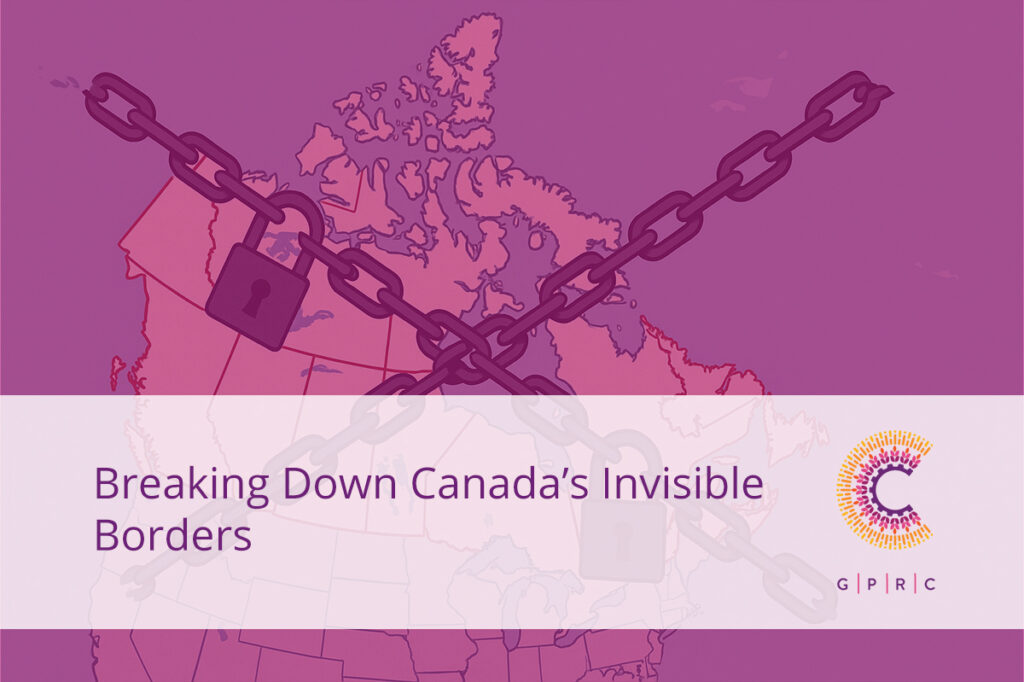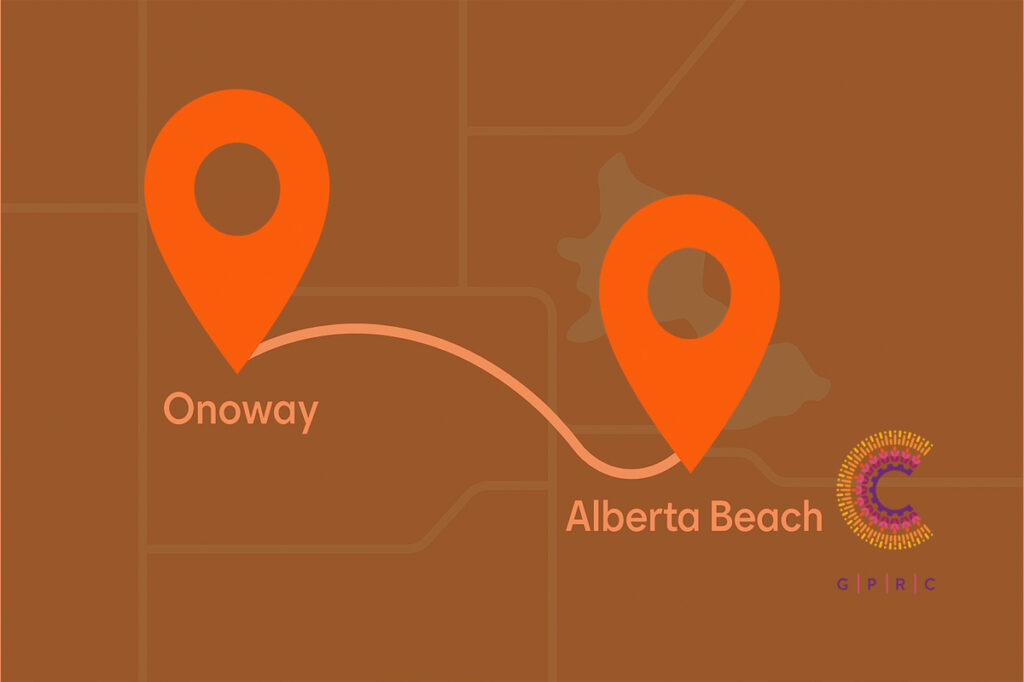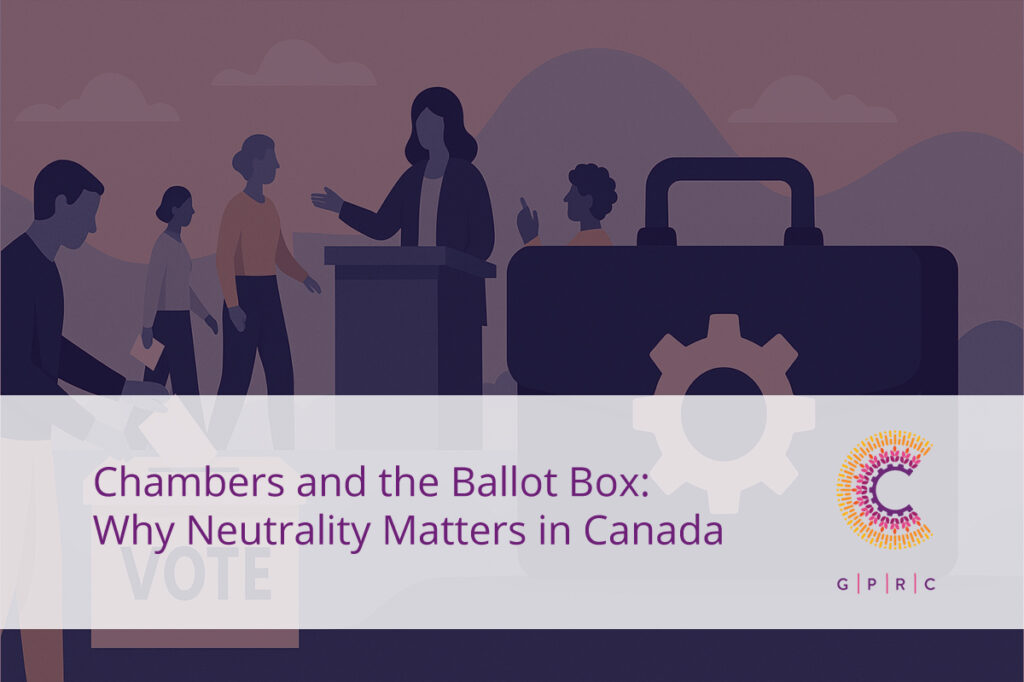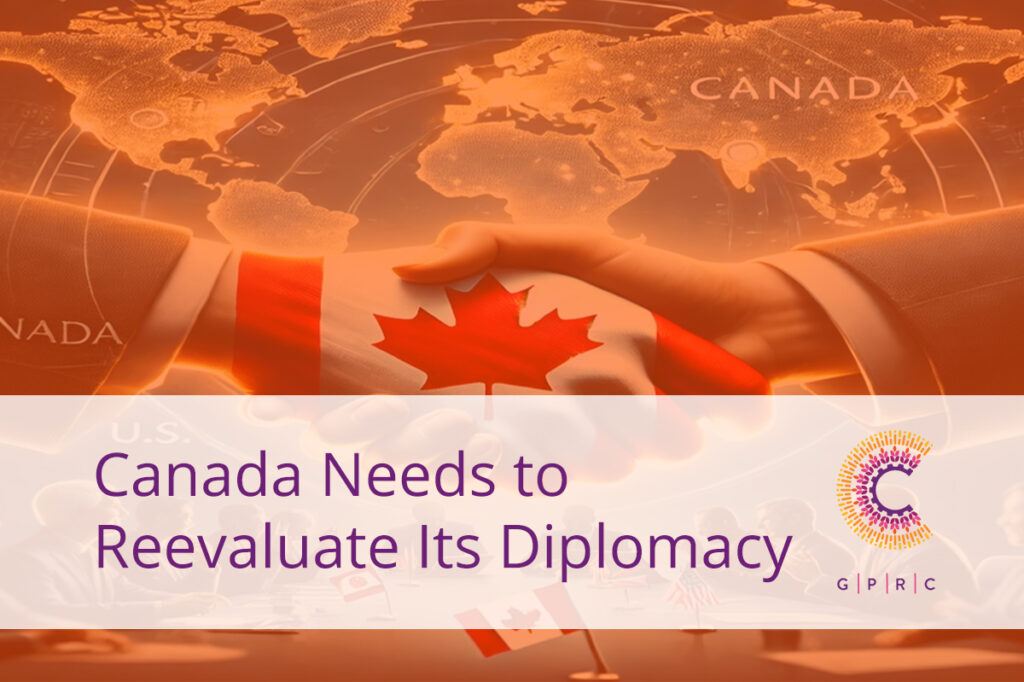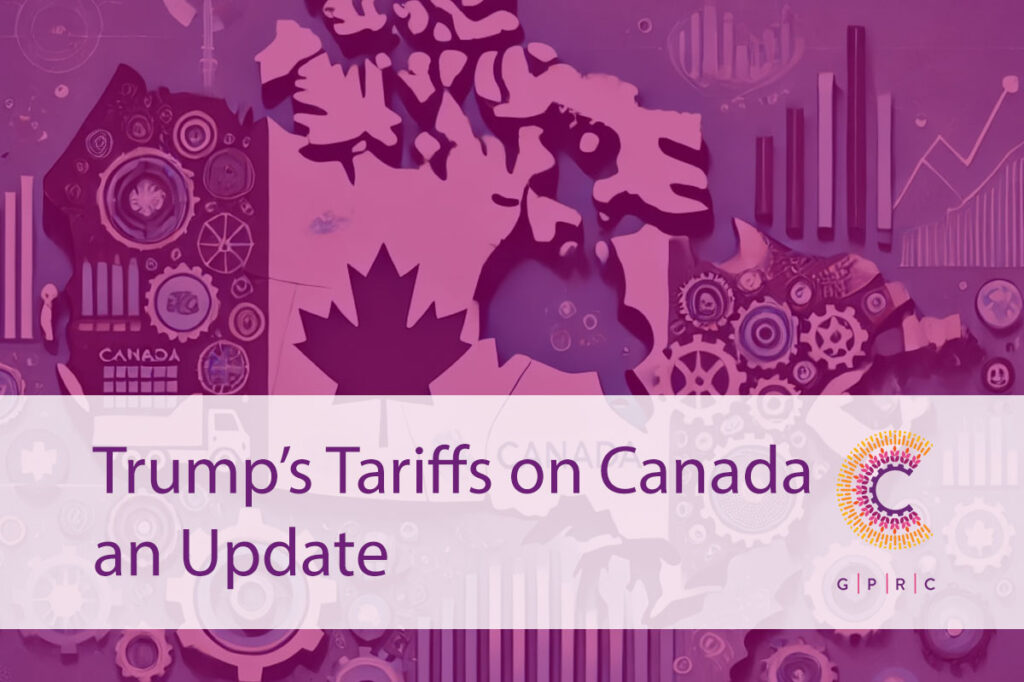Breaking Down Canada’s Invisible Borders
Breaking Down Canada’s Invisible Borders
Canada is one country—but when it comes to trade within our own borders, it can often feel like 10 separate economies. Interprovincial trade barriers cost our economy billions each year. They limit choice for consumers, raise costs for businesses, and slow down innovation and growth.
The Cost of Interprovincial Trade Barriers
Consider this: it’s often easier for a Canadian company to trade with the United States or Europe than with a neighbouring province. Everything from alcohol and agriculture to transportation and professional certifications can be tied up in outdated restrictions.
Why Politics Keeps Borders in Place
So why haven’t we fixed this? Why do these barriers remain, when almost every expert agrees that removing them would boost our GDP, create jobs, and strengthen national unity?
The answer is simple—politics. Governments at both federal and provincial levels talk about the benefits of free trade inside Canada, but they rarely act decisively. Why? Because barriers protect local industries, generate revenue, and give provincial leaders leverage at the bargaining table. In other words, the political costs of change often outweigh the long-term economic benefits.
But here’s the catch: while governments hesitate, businesses and workers pay the price. Growth opportunities are missed, competitiveness is weakened, and Canada struggles to fully realize its potential as an integrated economy.
A Nation-Building Opportunity Through Free Trade
It’s time for a shift. Removing interprovincial trade barriers isn’t just an economic issue—it’s a nation-building opportunity. By fostering true free trade within Canada, we can unlock growth, empower entrepreneurs, and strengthen the ties that hold our country together.
The question we should be asking is not if we can afford to remove these barriers—but how much longer can we afford not to?
Norman Leach is the Executive Director of The Greater Parkland Regional Chamber of Commerce
When Resilience Comes at a Cost
Nearly seven in ten Canadian small business owners have cut their pay and postponed personal milestones to keep their businesses afloat, revealing the hidden cost of resilience behind entrepreneurship. The blog urges communities to share, recommend, and thank local businesses—reminding readers that survival depends on collective support, not individual grit.
Breaking Down Canada’s Invisible Borders
Canada’s interprovincial trade barriers make it harder for businesses to trade across provinces than with foreign countries, costing billions, limiting consumer choice, and slowing economic growth. These barriers persist mainly due to politics, as provincial governments protect local industries and revenue, even though removing them would boost GDP, jobs, and national unity.
Weathering the Storm: How Canadian Businesses Can Thrive in a Recession
In a recession, businesses should focus on their top customers, maintain strong visibility, and recalibrate strategies to stay resilient and valuable.
Expanding Connections – Chamber Now Services Onoway and Alberta Beach
The GPRC expands its services to Onoway and Alberta Beach, strengthening regional business support and economic development across Alberta.
Chambers and the Ballot Box: Why Neutrality Matters in Canada
The Greater Parkland Chamber stays neutral during elections, focusing on informing voters to support strong, credible, and engaged local leadership.
How Chambers of Commerce Support Members Through Tough Times
Local Chambers of Commerce are powerful allies for businesses during tough times, offering exclusive savings, marketing opportunities, and invaluable community support. By becoming a member, you gain tools and connections that help your business not only survive—but thrive.
The Value of Work-Integrated Learning in Building Future-Ready Talent
Work-Integrated Learning (WIL) connects classroom learning with real-world experience to prepare students for career success. By integrating internships, co-ops, and industry projects, WIL equips graduates with practical skills, confidence, and professional networks.
The Shift to Competency-Based Education in Higher Learning
Discover how competency-based education in higher learning offers a flexible, skill-focused alternative to traditional degrees—empowering students with real-world readiness.
Canada Needs to Reevaluate Its Diplomacy
March 17, 2025 / Deborah / Comments Off on Canada Needs To Reevaluate Its Diplomacy – and not just with the Americans! In the realm of international business, diplomacy serves as a cornerstone for success. The late Canadian Prime Minister Brian Mulroney, during a 2011 address at the University of Toronto, aptly remarked, “Anyone who…


